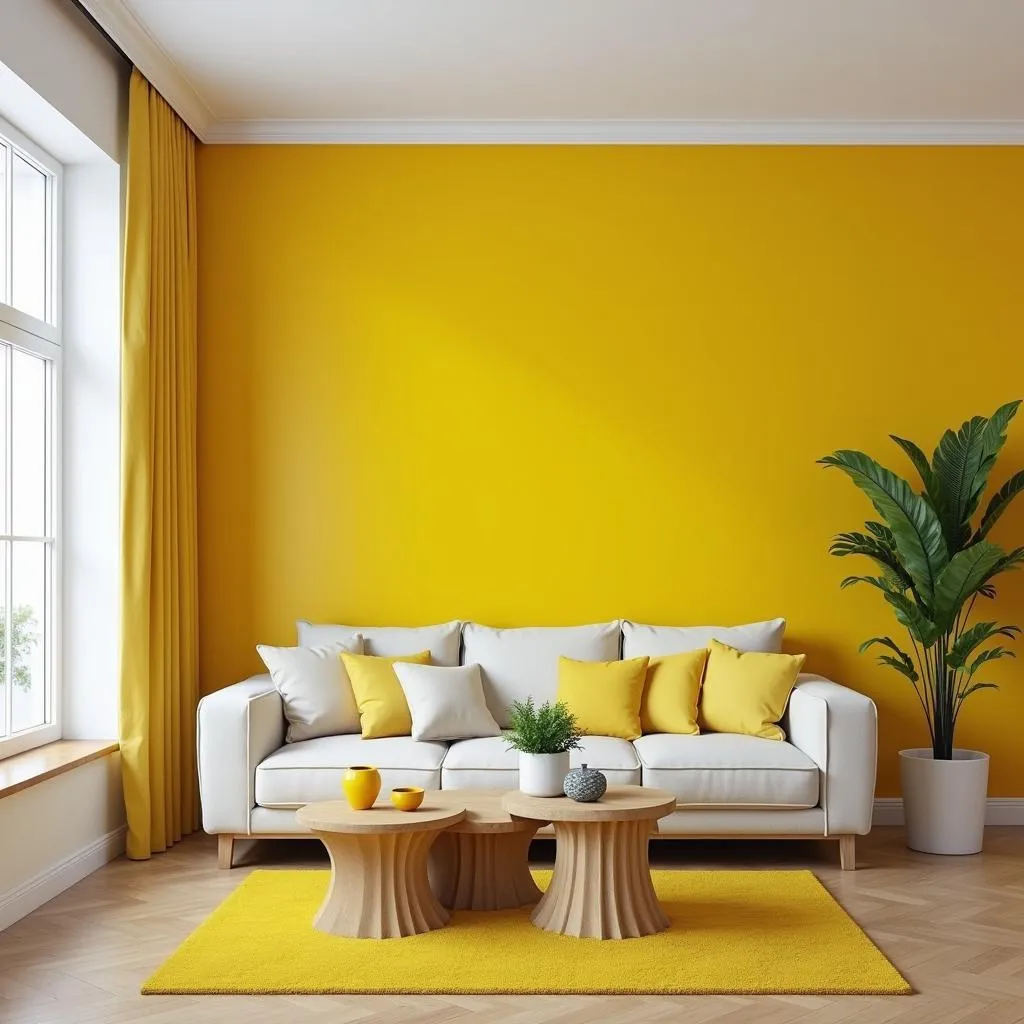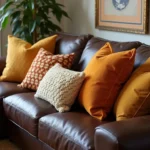Yellow, the color of sunshine and optimism, is a primary color, meaning it cannot be created by mixing other colors. However, you can achieve a wide range of yellow hues by mixing yellow with other colors, creating depth, vibrancy, and unique variations.
Understanding the Color Wheel
To understand how to mix colors effectively, it’s essential to familiarize yourself with the color wheel. The color wheel is a visual representation of colors arranged according to their chromatic relationships. Primary colors (red, yellow, and blue) form the foundation of the color wheel, and from these, we can derive all other colors.
Mixing Yellow: It’s All About Variations
While you can’t create pure yellow from other colors, you can manipulate its tone, saturation, and shade by adding:
- White: Adding white to yellow will lighten it, creating pastel yellows like cream or pale canary.
- Black: Adding black to yellow will darken it, resulting in shades like ochre or olive.
- Orange: Mixing yellow with orange will intensify its warmth, creating hues like amber or gold.
- Red: Adding a touch of red to yellow will shift it towards orange, creating shades like saffron or marigold.
- Blue: This might seem counterintuitive, but adding a small amount of blue to yellow can create a greenish-yellow hue like chartreuse.
 Color Mixing Chart for Yellow
Color Mixing Chart for Yellow
Tips for Mixing Yellow Like a Pro
Mixing colors is both a science and an art. Here are some tips for achieving the perfect yellow:
- Start with a small amount: Always add colors gradually, especially when working with darker shades. It’s easier to add more than to correct an overly dark mixture.
- Test on a white surface: Before applying your mixed color to your final project, test it on a white surface to ensure the hue is what you desire.
- Consider the medium: The type of paint, ink, or dye you use will affect the final color. Familiarize yourself with the specific properties of your chosen medium.
- Lighting is key: The lighting conditions in which you mix and view your colors will impact how they appear. Natural daylight is always best for color accuracy.
Beyond Mixing: Exploring Yellow Pigments
 Various Yellow Pigments
Various Yellow Pigments
The world of yellow extends beyond mixing primary colors. Artists and designers have a plethora of yellow pigments at their disposal, each offering unique characteristics:
- Cadmium Yellow: Known for its brilliance and opacity.
- Yellow Ochre: A natural earth pigment with a warm, earthy tone.
- Lemon Yellow: A bright, cool yellow often used to create vibrant greens.
- Indian Yellow: A transparent, warm yellow with a slightly reddish undertone.
Each pigment interacts differently with light, creating subtle variations in hue, saturation, and texture.
Yellow in Design and Decor: A Splash of Sunshine
Yellow is a versatile color that can instantly brighten up a space, evoke feelings of happiness and energy, and add a touch of warmth and cheer.
- In Interior Design: Yellow works wonders in kitchens, dining rooms, and living spaces where it can stimulate conversation and appetite.
- In Fashion: Yellow is a statement color that can add a pop of personality to any outfit.
- In Branding: Yellow is often used by brands to communicate optimism, clarity, and warmth.
 Yellow Accent Wall in a Living Room
Yellow Accent Wall in a Living Room
Conclusion
While you can’t mix primary colors to create yellow, you can achieve an impressive range of yellow hues by combining it with other colors. Understanding the nuances of color mixing and exploring the world of yellow pigments allows you to unlock the full potential of this vibrant and versatile color. Whether you’re an artist, designer, or simply looking to add a touch of sunshine to your life, yellow offers endless creative possibilities.
FAQ
1. Can I create a true primary yellow by mixing other colors?
No, yellow is a primary color, which means it cannot be created by mixing other colors.
2. What is the best way to lighten a yellow that is too dark?
Gradually add small amounts of white to your yellow mixture until you achieve your desired lightness.
3. Can I mix yellow with purple?
While not commonly done, mixing yellow with its complementary color, purple, can create interesting muted browns or grays, depending on the proportions used.
4. What are some complementary colors that work well with yellow?
Blue and purple are complementary colors to yellow on the color wheel and can create striking contrasts.
5. What are some good resources for learning more about color theory?
There are numerous books, websites, and online courses available that delve deeper into color theory and provide practical tips for mixing and using colors effectively.
If you need any support, please contact our hotline: 0373298888, Email: [email protected] Or visit us at: 86 Cầu Giấy, Hà Nội. We have a 24/7 customer service team.

